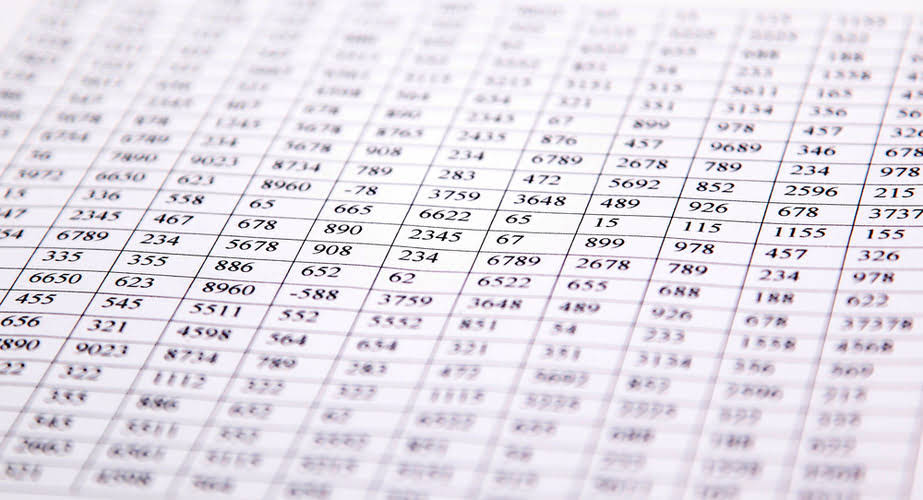Content

Accounting equations explain the relationship among assets, liabilities, and equity on a balance sheet. The addition of liabilities decreases equity, while the reduction of liabilities (like paying off debt) increases equity. The totals indicate that the transactions through December 4 result in assets of $16,900.
This transaction affects both sides of the accounting equation; both the left and right sides of the equation increase by +$250. For example, if a company becomes bankrupt, its assets are sold and these funds are used to settle its debts first. Only after debts are settled are shareholders entitled to any of the company’s assets to attempt to recover their investment. Whenever a transaction is recorded in the accounting books, it has an equal effect on both sides of the accounting equation. This post explains everything you need to know about the effects of different types of business transactions on the accounting equation using examples and quizzes.
Bookkeeping
Receiving advance subscription from customers increases the total assets of the library because of the inflow of cash, while at the same time increases the amount of its liabilities because of unearned revenue. These transactions only impact the right side of the accounting equation so the total assets will remain unchanged. Since ASC has performed the services, it has earned revenues and it has the right to receive $900 from the clients. This right (known as an account receivable) causes assets to increase. An accounting transaction is a business activity or event that causes a measurable change in the accounting equation. Merely placing an order for goods is not a recordable transaction because no exchange has taken place.
- For every transaction, both sides of this equation must have an equal net effect.
- Viewed another way, the company has assets of $16,300 with the creditors having a claim of $7,000 and the owner having a residual claim of $9,300.
- The inventory (asset) will decrease by $250 and a cost of sale (expense) will be recorded.
- Our expert analysis and carefully curated news empower you to make informed decisions in the complex world of finance.
- $10,000 of cash (asset) will be received from the bank but the business must also record an equal amount representing the fact that the loan (liability) will eventually need to be repaid.
The creditors provided $7,000 and the owner of the company provided $9,300. Viewed another way, the company has assets of $16,300 with the creditors having a claim of $7,000 and the owner having a residual claim of $9,300. The inventory (asset) of the business will increase by the $2,500 cost of the inventory and a trade payable (liability) will be recorded to represent the amount now owed to the supplier. In this form, it is easier to highlight the relationship between shareholder’s equity and debt (liabilities). As you can see, shareholder’s equity is the remainder after liabilities have been subtracted from assets. This is because creditors – parties that lend money such as banks – have the first claim to a company’s assets.
Examples of the Accounting Equation
How does paying a liability in cash affect the cash conversion cycle? Paying a liability in cash can reduce the cash conversion cycle by decreasing the time it takes to convert inventory into cash. Cash (asset) will reduce by $10 due to Anushka using the cash belonging to the business to pay for her own personal expense. As this is not really an expense of the business, Anushka is effectively being paid amounts owed to her as the owner of the business (drawings). The cash (asset) of the business will increase by $5,000 as will the amount representing the investment from Anushka as the owner of the business (capital).
This equation sets the foundation of double-entry accounting, also known as double-entry bookkeeping, and highlights the structure of the balance sheet. Double-entry accounting is a system where every transaction affects at least two accounts. If a transaction decreases the total assets of a business, then the right side of https://www.bookstime.com/articles/construction-in-progress-accounting the accounting equation MUST reduce as well. Can paying a liability in cash affect a company’s credit rating? Paying liabilities in cash can positively impact a company’s credit rating by demonstrating its ability to meet financial obligations. The totals now indicate that Accounting Software Co. has assets of $16,300.
Accounting Equation
Interest (ie finance costs) are an expense to the business. Therefore cash (asset) will reduce by $60 to pay the interest (expense) of $60. Required
Explain how each of the above transactions impact the accounting equation and illustrate the cumulative effect that they have.
As you can see, ASC’s assets increase and ASC’s liabilities increase by $7,000. Accountingo.org aims to provide the best accounting and finance education for students, professionals, teachers, and business owners. Unlike transactions accounting equation listed in previous sections, the effects of these transactions work in opposite directions because the same side of the accounting equation is involved. Drawings are amounts taken out of the business by the business owner.
What is the Accounting Equation?
As you can tell, the accounting equation will show $50,000 on both sides. Debit – What came into the business The liability to the supplier (accounts payable) is reduced by the amount paid. During the month of February, Metro Corporation earned a total of $50,000 in revenue from clients who paid cash. To further illustrate the analysis of transactions and their effects on the basic accounting equation, we will analyze the activities of Metro Courier, Inc., a fictitious corporation. Refer to the chart of accounts illustrated in the previous section. The business has paid $250 cash (asset) to repay some of the loan (liability) resulting in both the cash and loan liability reducing by $250.

In the coming sections, you will learn more about the different kinds of financial statements accountants generate for businesses. Taking time to learn the accounting equation and to recognise the dual aspect of every transaction will help you to understand the fundamentals of accounting. Whatever happens, the transaction will always result in the accounting equation balancing.
Income Statement
$10,000 of cash (asset) will be received from the bank but the business must also record an equal amount representing the fact that the loan (liability) will eventually need to be repaid. We will now consider an example with various transactions within a business to see how each has a dual aspect and to demonstrate the cumulative effect on the accounting equation. In the case of a limited liability company, capital would be referred to as ‘Equity’. ASC’s liabilities increase by $120 and the expense causes owner’s equity to decrease by $120. The proceeds of the bank loan are not considered to be revenue since ASC did not earn the money by providing services, investing, etc. As a result, there is no income statement effect from this transaction.
